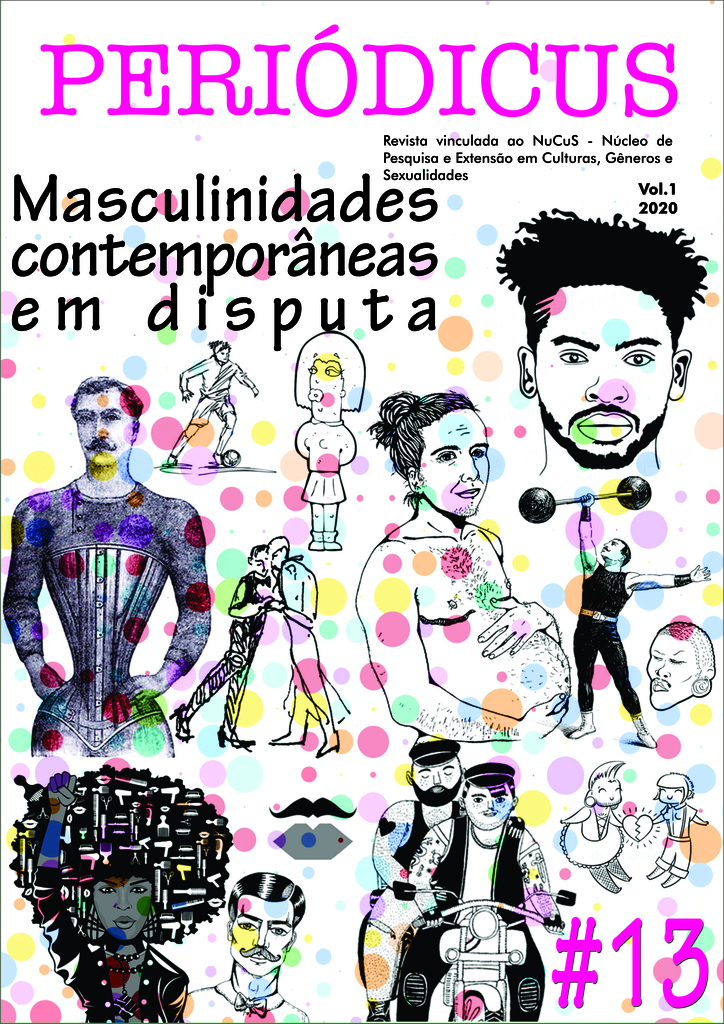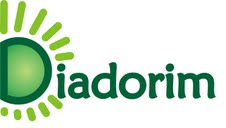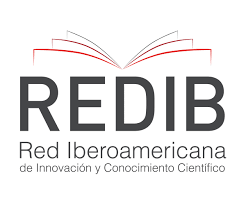Declínio viril e o ódio ao feminino: entre história, política e psicanálise // Virile decline and hatred of women: between history, politics and psychoanalysis
DOI:
https://doi.org/10.9771/peri.v1i13.35256Abstract
A proposta deste trabalho é pensar como a queda do ideal viril articula-se com a face explícita e sem constrangimento do ódio dirigido às mulheres que encontrou ainda mais espaço na vida cotidiana, bem como no mundo virtual e no atual contexto sócio-político brasileiro. O ideal viril encontra-se em declínio em função do processo de industrialização, das Guerras mundiais e, especialmente, dos avanços do feminismo. Uma das respostas a esse declínio tem sido o aumento de posições machistas e fundamentalistas na atualidade, no qual o ódio contra as mulheres aparece como uma estratégia de defesa, que passou a ser instrumentalizado também para fins políticos. O ódio historicamente dirigido às mulheres se inscreve a partir da alteridade que elas encarnam, em função do seu modo de gozo enigmático e inapreensível, característica da modalidade de gozo não-todo referido ao falo. Sendo assim, conclui-se que o uso do discurso de ódio, da força bruta, da truculência e da violência contra as mulheres tão exacerbada e declarada na atualidade pode ser pensado como uma forma de fazer a potência fálica existir, como reação frente as repercussões do feminino em tempo de queda do ideal viril.
Downloads
Downloads
Published
How to Cite
Issue
Section
License
Copyright (c) 2020 Flavia Gaze Bonfim

This work is licensed under a Creative Commons Attribution-NonCommercial 4.0 International License.
Authors who publish in this journal agree to the following terms:
Authors retain copyright and grant the journal the right of first publication, with the work simultaneously licensed under a Creative Commons Attribution Noncommercial License that allows the work to be shared with acknowledgment of authorship and initial publication in this journal, but prohibits commercial use.
Authors are authorized to enter into separate additional contracts for non-exclusive distribution of the version of the work published in this journal (e.g., publishing in an institutional repository or as a book chapter), with acknowledgment of authorship and initial publication in this journal.
Authors are permitted and encouraged to publish and distribute their work online (e.g., in institutional repositories or on their personal website) at any point before or during the editorial process, as this can generate productive changes and increase the impact and citation of the published work (see The Effect of Open Access).








